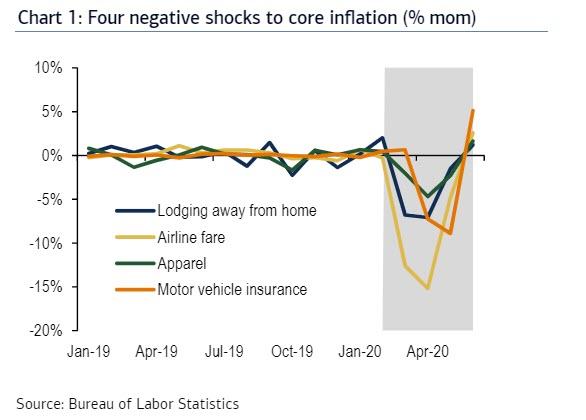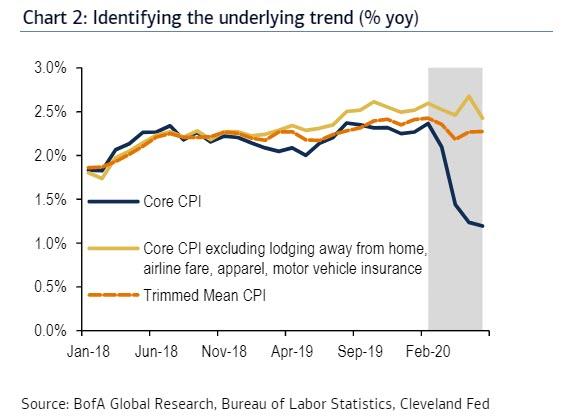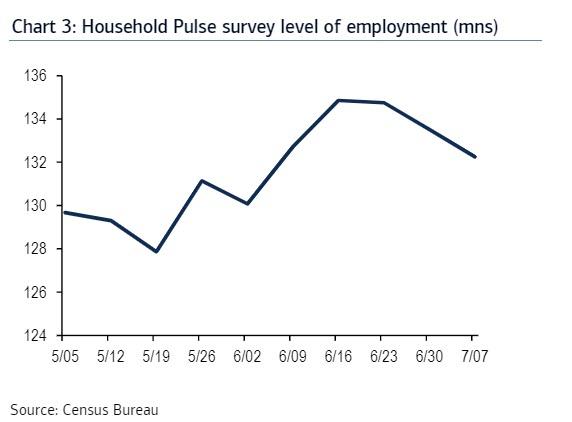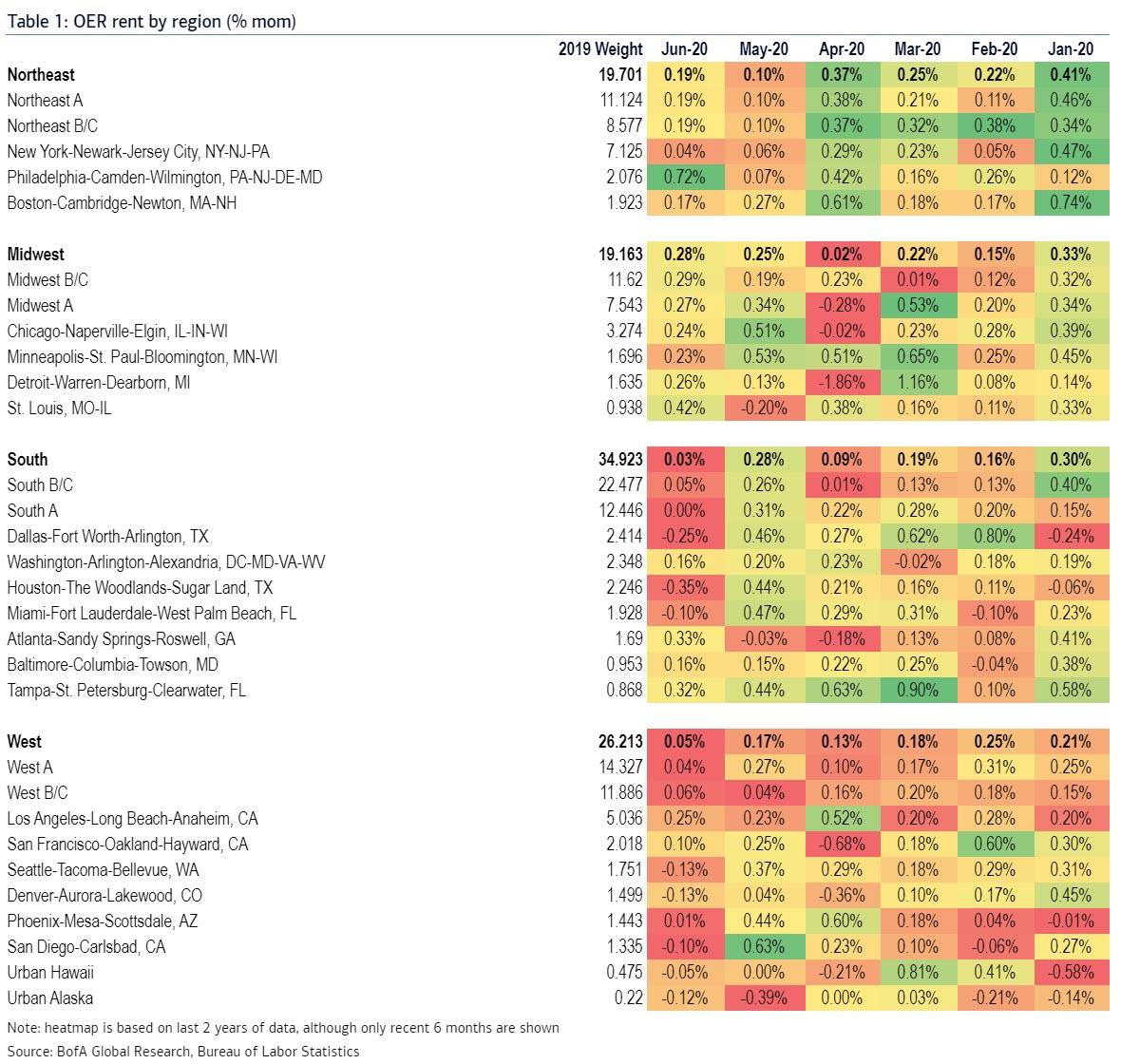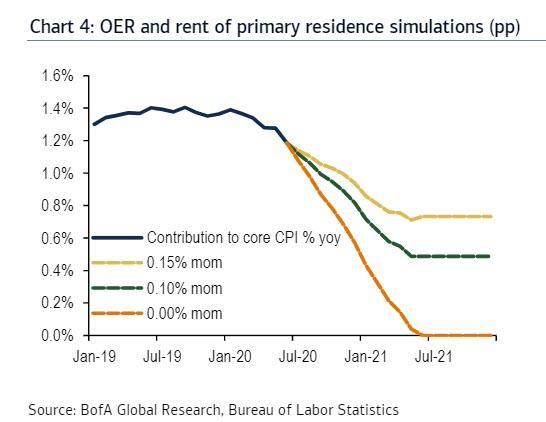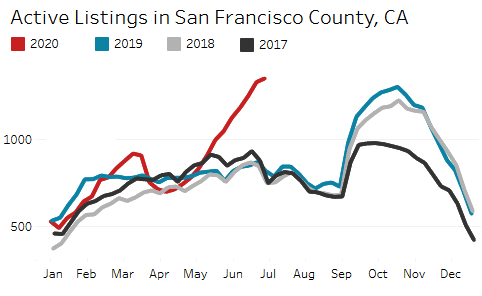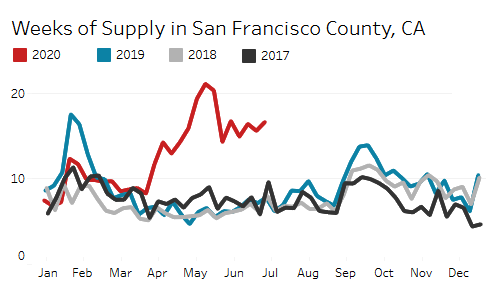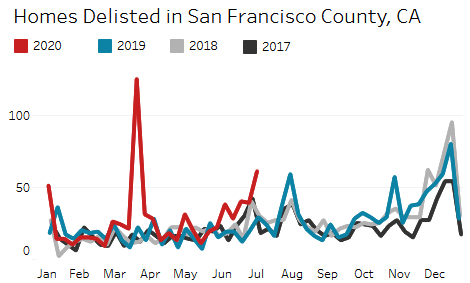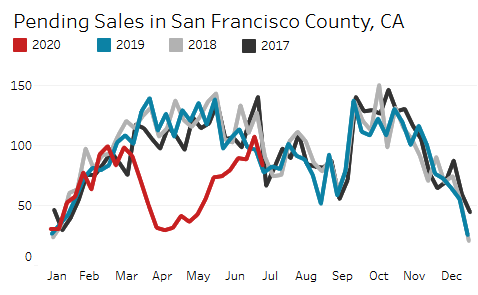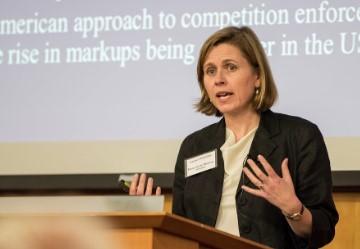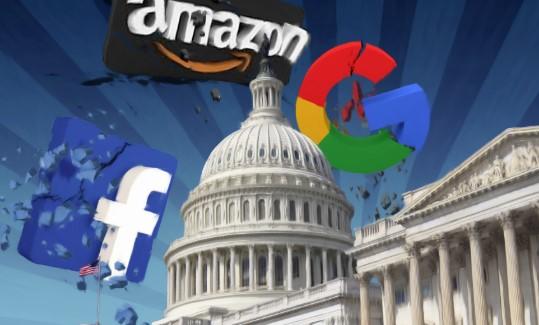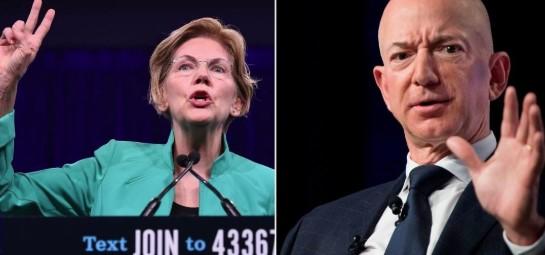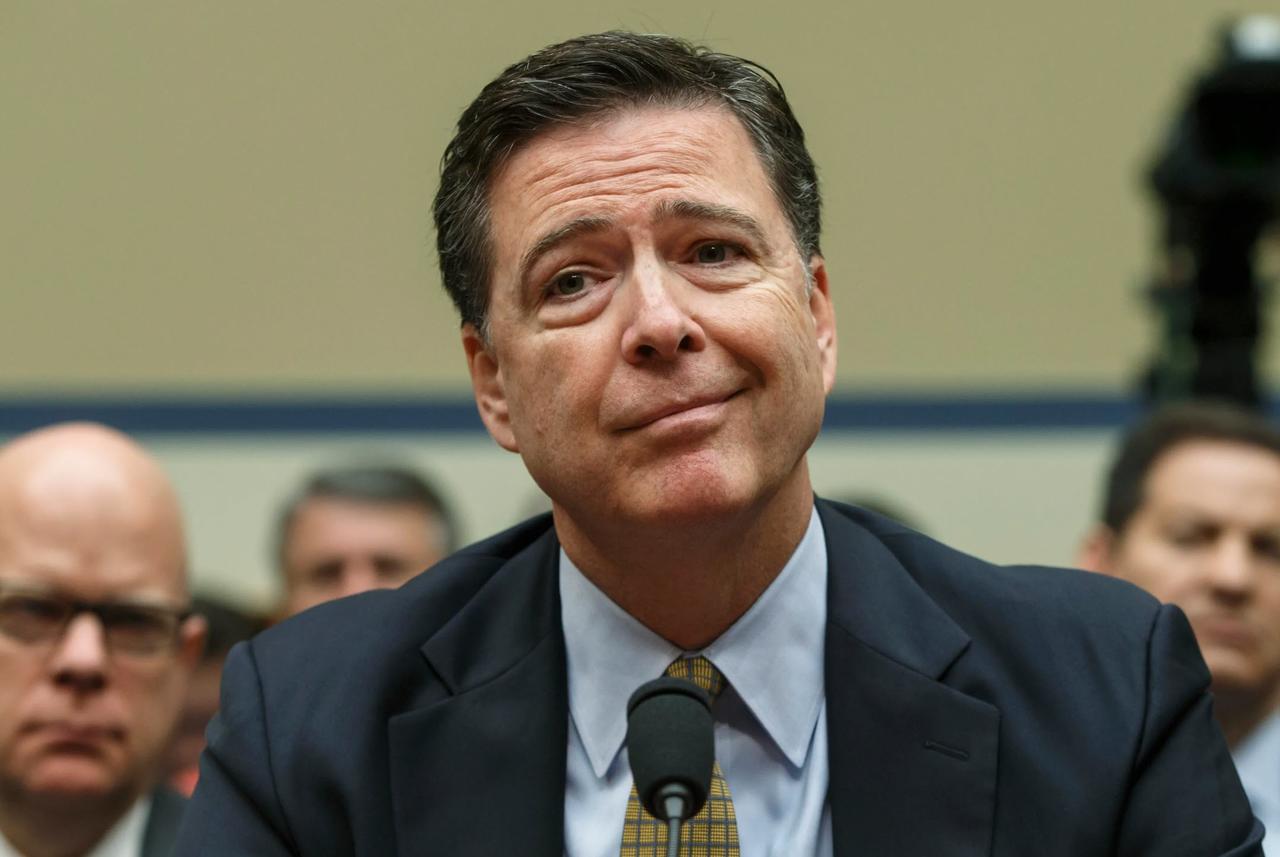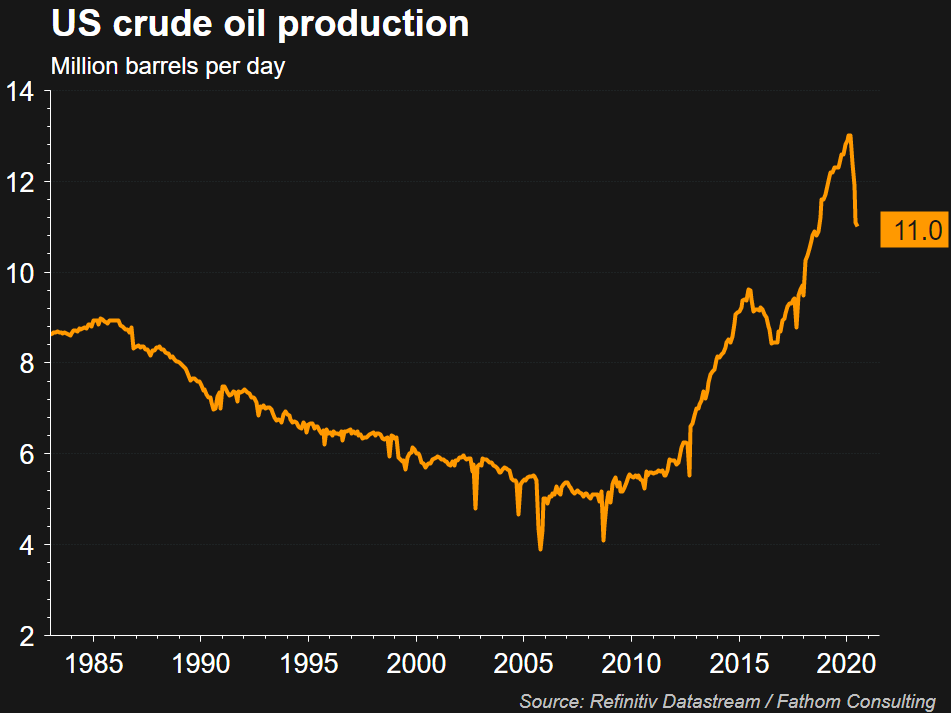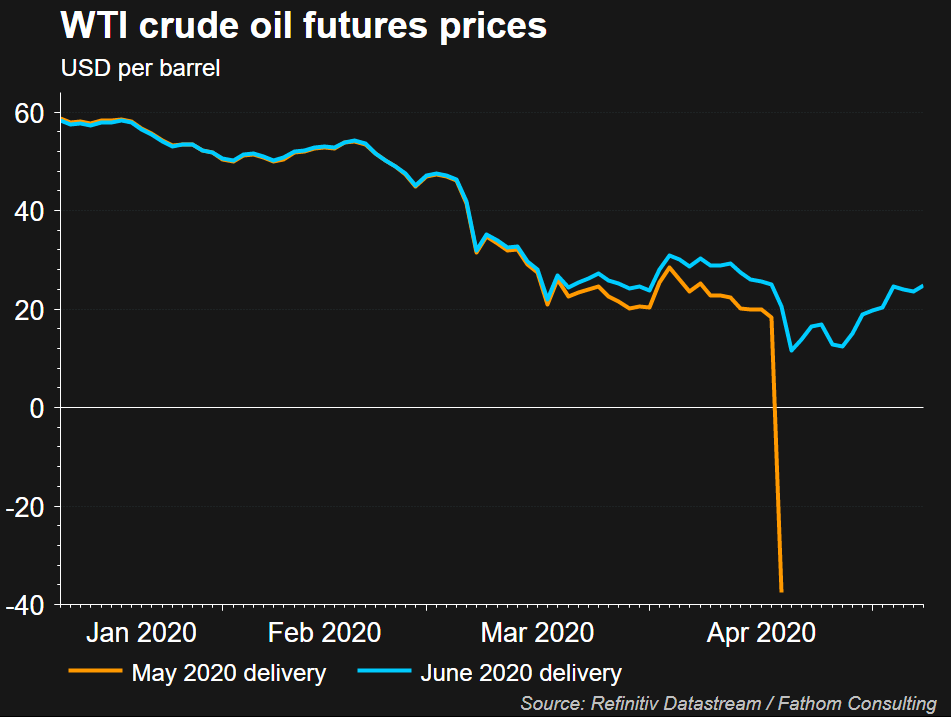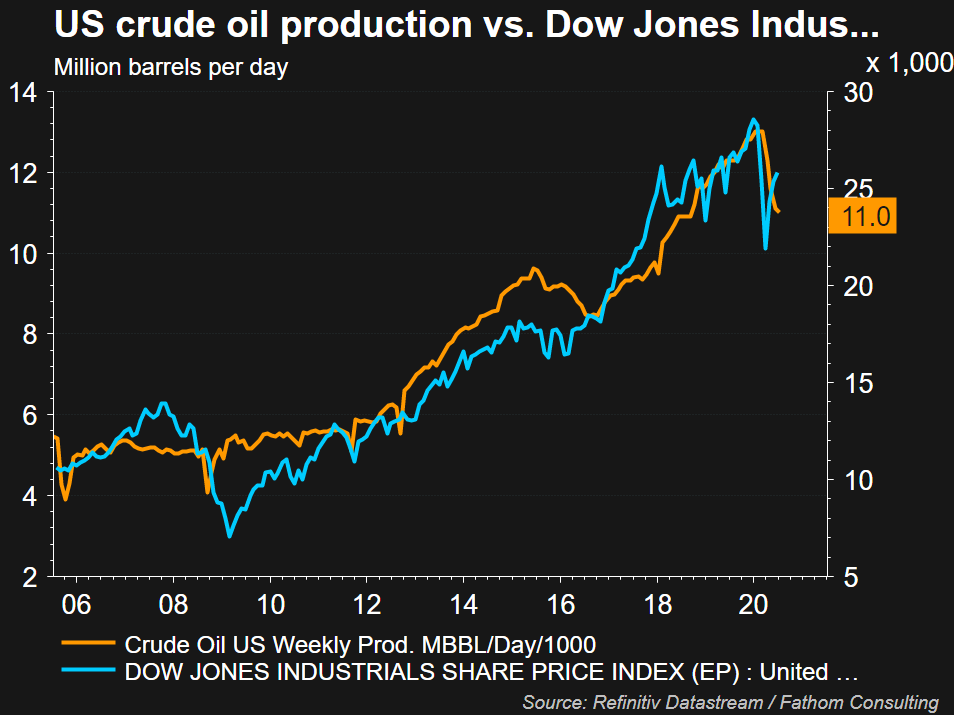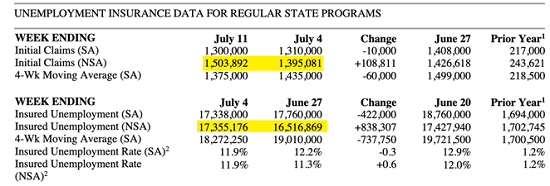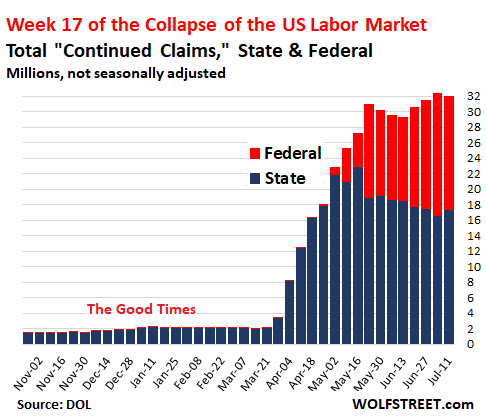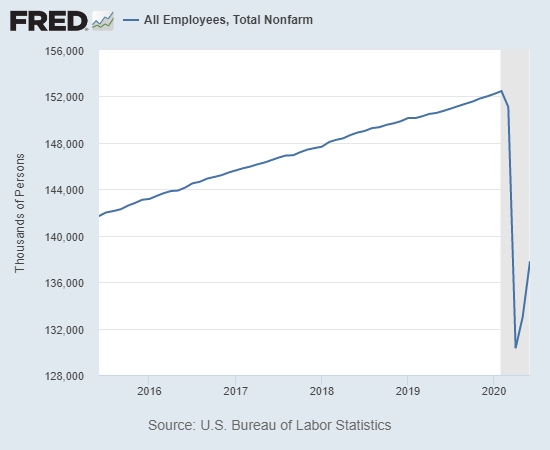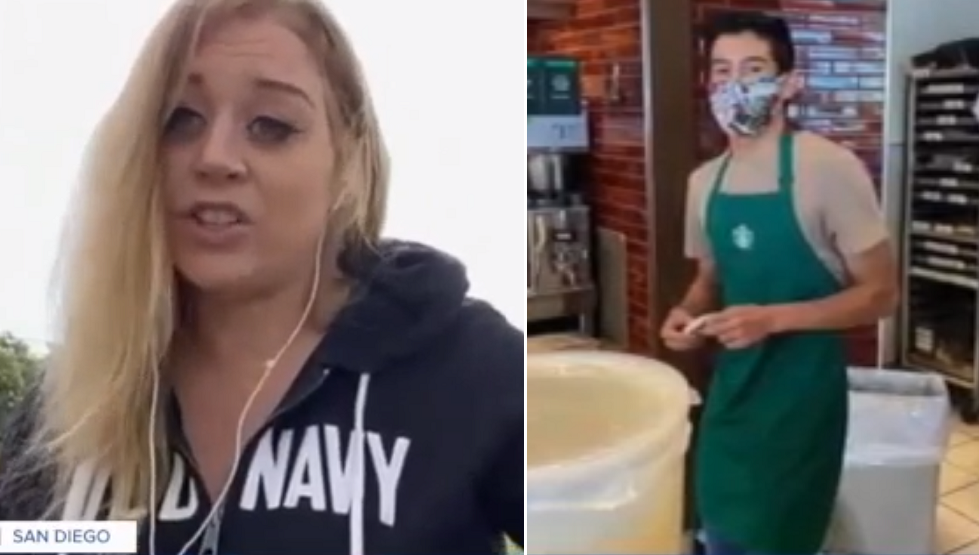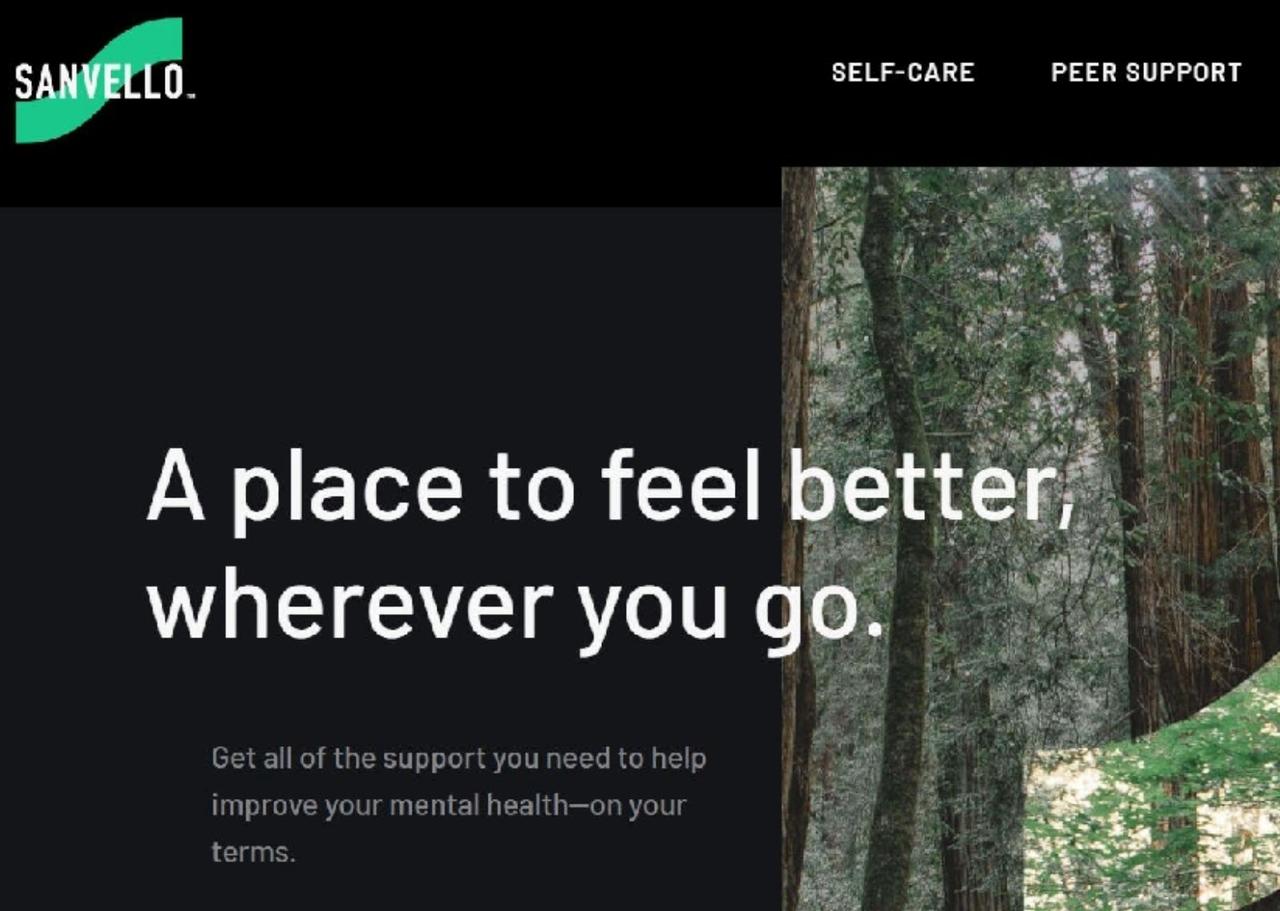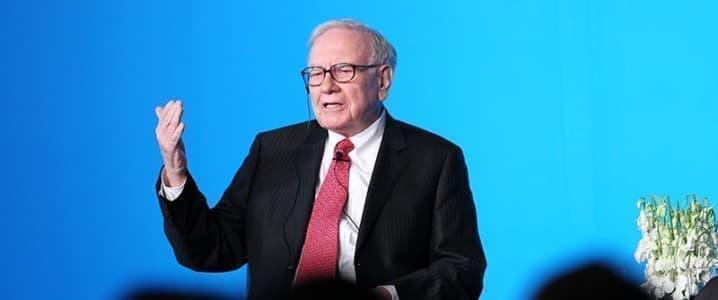The Four Horsemen Of Disinflation: The Coming Rent-pocalypse
Tyler Durden
Mon, 07/20/2020 – 21:50
One month ago, we discussed “The Most Important Question In Finance Today“, namely whether in the aftermath of the covid pandemic the world ends up with runaway inflation or price-crushing deflation. Today, Bank of America provides some additional perspective on what it calls the “inflation rollercoaster.”
Separating the inflation stories
As BofA notes, the pandemic has created significant disinflationary shock to the US economy, with the latest CPI report showing core inflation running at a meager 1.2% yoy clip and core PCE later this month likely to come in at 1.1%. That said, it is important to note that current inflation readings are suggesting conditions are much worse than they actually are. Indeed, most of the deceleration can be attributed to a handful of idiosyncratic components. The underlying trend is stickier and has slowed more modestly.
Looking ahead, the underlying trend slows with rental inflation holding the key. This means that the rollercoaster will eventually turn-the base effects will turn positive in March 2021-and accelerate before settling at a higher, although still likely below target. Consistent with this thinking, Bank of America expects core CPI to trough at 0.8% yoy in 1Q 2021 before rising to 1.6% by the end of next year.
Four horsemen of disinflation
From March through May, the months when the covid shutdowns unleashed unprecedented damage on the US economy, core CPI declined by a cumulative 0.6% resulting in the % yoy rate collapsing to 1.2% from 2.4% in February. The deterioration owed largely to four main areas of weakness: lodging away from home, airline fares, apparel, and motor vehicle insurance. Despite these categories amounting to 6%-7% of CPI, each experienced a record drop in prices.
The first three fell as nonessential travel and businesses activity were shut down, and followed the same pattern of April being the worst month, followed by March and then May. Motor vehicle insurance dropped after insurers began an assortment of COVID-19 relief programs that provided temporary discounts or credits on auto premiums, for April and May for the most part.
According to BofA, these components have added significant noise to the data and should be largely faded when thinking about the underlying inflation trend. They are extreme idiosyncratic moves and are likely to prove transitory (unless there is a second wave of shutdowns of course). Moreover, we have already started to see stabilization in June as all four components posted an increase. With prices so low still, further positive payback seems more likely going forward than another major leg down. If excluded from core CPI, then inflation has slowed more modestly through June to 2.42% from a February reading of 2.59%.
Another more standard inflation metric that paints a similar picture of stickier underlying inflation is the Cleveland Fed’s Trimmed Mean CPI-an index that excludes the 8% of components with the most extreme moves to the upside and the 8% to the downside. TM CPI has also seen modest slowing to 2.27% yoy from 2.42% in February. But the risks are skewed to the downside going forward. Given the stickiness of underlying inflation, it takes some time for the demand shock to percolate and pull down prices.
The coming rent-pocalypse?
The key for underlying inflation will be what happens to owners’ equivalent rent (OER) and rent of primary residence, since the two comprise more than 40% of core CPI inflation. The housing data have been particularly resilient relative to the broader economic data, with the NAHB housing index just recently popping up to 72 in July from 58 and existing and new home sales likely to rise in June. Indeed, homebuying demand has been surprisingly firm during the pandemic as lower interest rates have raised affordability and preferences have increasingly shifted towards suburban living where homeownership is more feasible. However, the resilience of the homeownership market is likely to come at the expense of the rental market. While owners’ equivalent rent is meant to reflect housing costs borne by owner-occupied households, it is estimated using rent data and will therefore be sensitive to rental market dynamics.
So where do rents go from here? According to BofA, the labor market conditions will be a major driver of the rent trajectory. The early data have surprised expectations with the unemployment rate peaking at “only” 14.7% in April and falling to 11.1% in June. However, job gains going forward will not be quite so easy to come by. The virus is not under control as several hotspots have emerged in the last month, and most states have either put a pause on or reversed the reopening process. The real-time labor data are ominous as well as the Census Bureau’s Household Pulse survey have shown declining employment since the week of June 16th.
Meanwhile, BofA notes that it has started to see weakness register in CPI in the latest June report: both owners’ equivalent rent and rent of primary residence increased by only 0.1% mom-the softest readings since early 2011. This resulted in the % yoy rates for OER falling to 2.8% yoy from 3.3% in February and for rent of primary residence to 3.2% yoy from 3.8%. And while it may be premature to read into one month of data, BofA’s economists believe that this could be the beginning of a downtrend.
The regional OER data reveal that the soft June data were largely driven by the South and West. Weakness was also relatively broad in these two regions as rent inflation in both large (A, > 2.5mn people) and small (B/C, < 2.5mn people) urban areas were 0-0.1% mom. Meanwhile, the Northeast and Midwest posted trend-like rent gains in June. These two regions have not been immune to the deterioration in labor conditions, so that does pose a bit of a disconnect in terms of the labor-rent response. The June print would be more convincing if all four regions had softened-should this happen clearly there is scope for even weaker monthly readings in broad OER and rent of primary residence.
Even if June ends up being slightly fluky, the risks ahead are clearly skewed to the downside. It is worth reiterating that the CPI methodology allows for significant deflation to materialize in the rent components. If there is a missed payment and the landlord does not expect or is uncertain they will receive it, then that will register as a 95% decline in rents. Therefore, even a small share of missed rent payments can exert a noticeable drag. This is a tail risk though: Janson and Verbrugge (July 2020) found that the incidence of nonpayment in the CPI sample was quite low during the Great Recession. However, given the speed and severity of the current downturn, it could prove to be different this time.
What will slowing rents mean for underlying inflation? We can proxy the impact by simulating the effects of rent on core CPI. If OER and rents average a 0.15% mom clip from now until the end of 2021, then core CPI % yoy would slow by roughly 0.5pp.
If a softer average 0.1% mom reading, then it would be a 0.7pp deceleration. FWIW, BofA believes the underlying trend could slow by an amount within this range, although they can’t eliminate the risk of an even worse outcome as labor market slack will remain elevated with the unemployment rate ending next year close to 8%.
Stuck in purgatory
Putting it all together, BofA expects core CPI to continue to be biased lower through early next year, with core CPI settling below the pre-COVID trend-1.6%. After this point, the special factors will start to fade allowing for acceleration.
via ZeroHedge News https://ift.tt/3hiRnMX Tyler Durden
